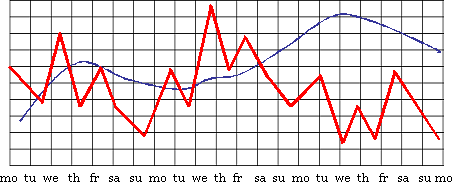Monitor the following in your diary for three weeks:
- Practice and playing volume
- Any symptoms and their intensity

Here is a collection of tips on finding more effective ways of practicing. If you have any helpful practical hints, send them to the feedback box and well add them to our list.
Monitor the following in your diary for three weeks:

Muista, että ylikunnosta palautuminen saattaa kestää kuukausia, jopa vuosia, jos olet sinnitellyt ylikuormittamalla soittoasi jo kauan.
List your programme for the coming year. Copy any technically demanding passages and cut and paste them into a separate playlist.
Play through the list slowly and correctly every day.
As you practice one or two pieces in their entirety, repeating the passages in your playlist will get them ingrained into your muscle memory, so that when you start working on a new piece, you will almost have mastered the demanding passages in advance.
Try to play difficult passages successfully at least three times in a row. Start by placing three coins at the left edge of your music stand.
Later on, when your practice method has improved, you can begin with five coins.
If you fail three times in a row, change the way you are practicing.
Go a little further through your programme every second day. On every other day, focus more on the details.
Practice a piece from start to finish in smaller sections. This will compensate for any potential tiredness or lapses in concentration during your performance.
Change your starting point in the piece every day.